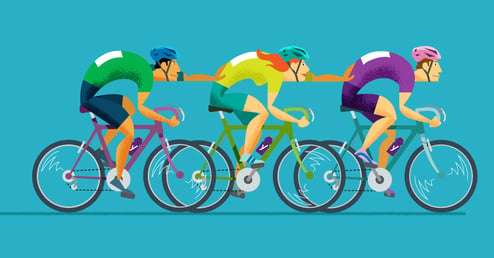Yoast Video Premium bundle
Drive search traffic to videos on your website
- Be first to get new features & tools, before everyone else
- Show your videos in Google’s results
- Optimize your content to its full potential with Yoast SEO Premium
- Combine the power of these plugins and save 20%
- Now includes full access to the Yoast SEO Academy, including our Local SEO training course

What does the Yoast Video Premium bundle do?
If your website uses a lot of videos, or videos are a large part of your content, you want the Yoast Video Premium bundle. Combining the power of these plugins will ensure you cover the necessary technical SEO things, while being guided in your content SEO.
Let’s have a closer look at the bundle
By buying this bundle, you’ll not only get the Yoast SEO Premium plugin and the Yoast Video SEO plugin. You’ll also get access to our 24/7 Premium support and you’ll get full access to the Yoast SEO Academy:
Yoast SEO Premium
Yoast SEO Premium contributes to improving your ranking in search engines. This plugin comes with social previews, a redirect manager, internal linking suggestions and 24/7 premium support.
Yoast Video SEO
If you want those enticing video snippets in the search results, you can invest a ton of your time and get all the knowledge yourself. Or you can just install our Video SEO plugin, and all is set for great results!
Full access to the Yoast SEO Academy
- Covers all SEO topics, from beginner to advanced.
- Developed by world-class SEO experts
- Find real-life best practices to add to your toolkit
- Comprehensive, engaging and easy to follow
- Get ready-to-use templates for your SEO strategy
24/7 Premium support

Get 24/7 access to our customer support. Contact us easily at any time to get help, advice or troubleshooting from our expert team. Our team is waiting to get you started or debug your site.

